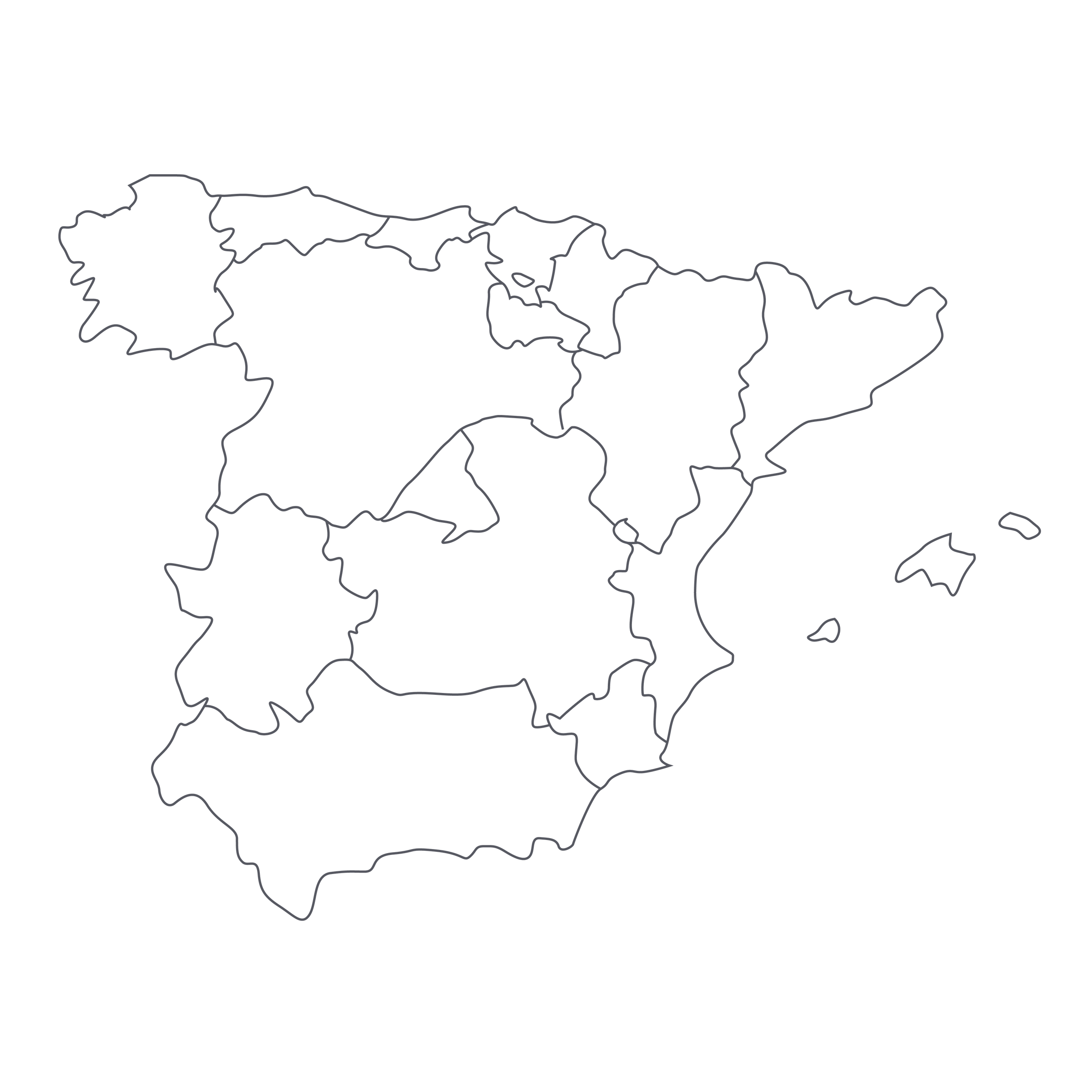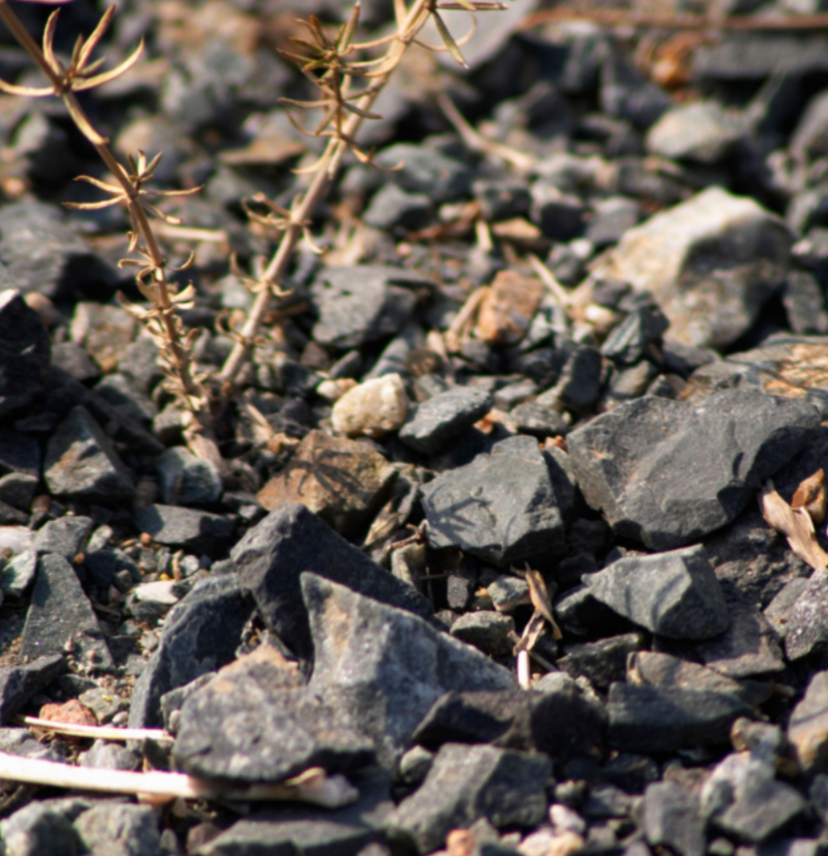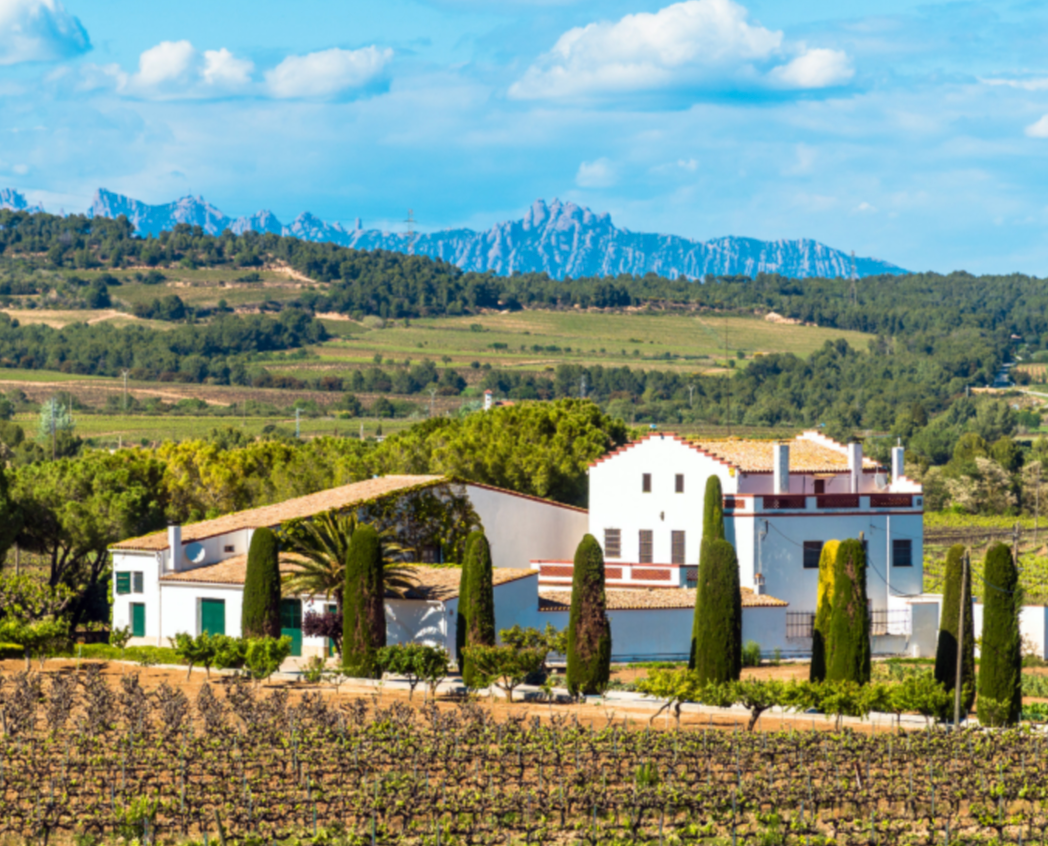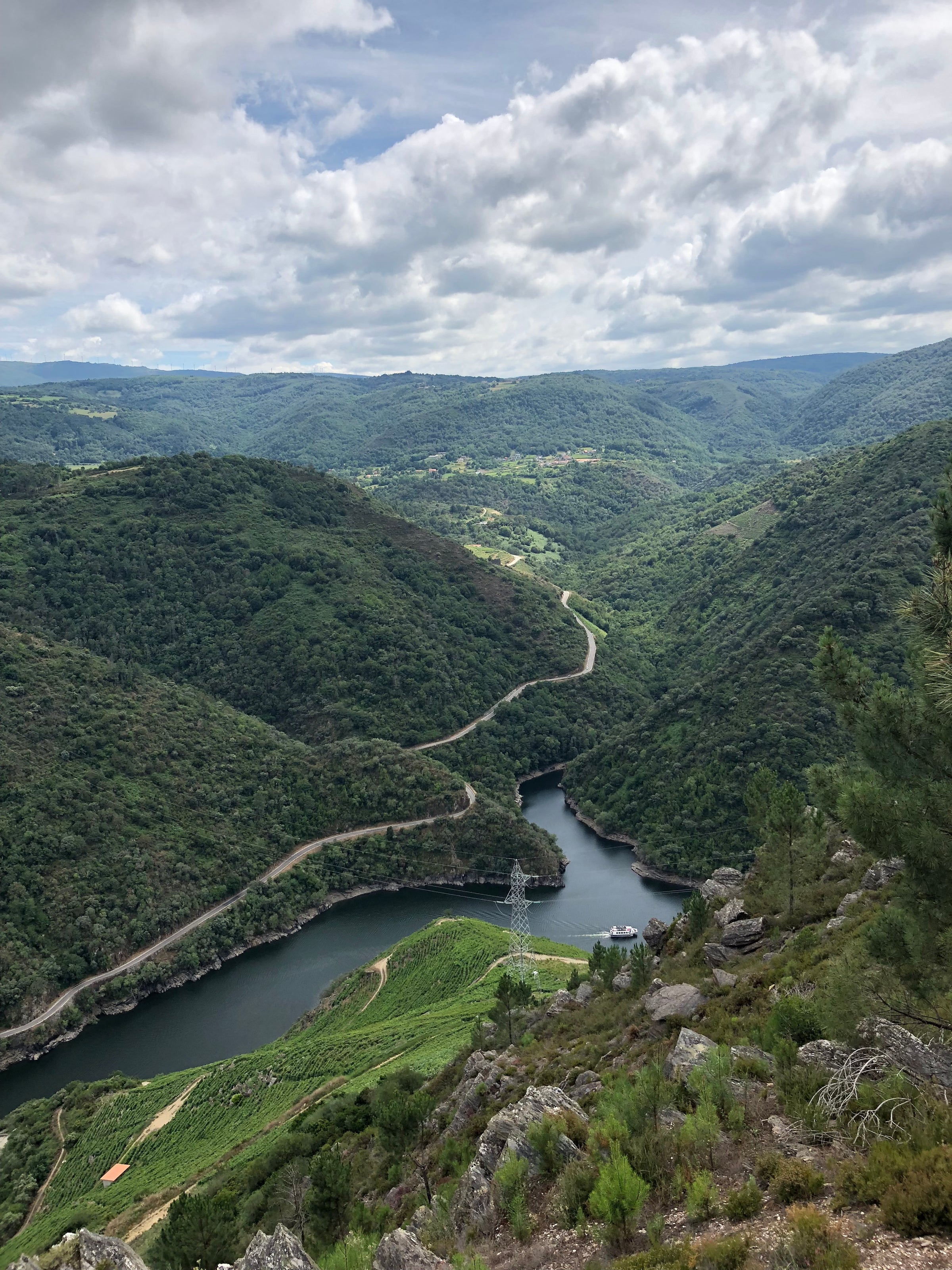We talk a lot about “value” here at SommSelect, and how it is a relative concept. Is a 50-year-old, $300-per-bottle red Burgundy a value? Actually, yes, if it’s a perfectly stored, direct-from-the-cellar piece of history like the one we offered from Remoissenet recently; this wine wasn’t merely a sensual pleasure but an intellectual and emotional one as well, and to me, it qualifies as a great value despite its steep price tag. Today’s $20 Rioja, meanwhile, fits the broader definition of value for most wine drinkers—it’s a wine that costs very little but delivers quite a lot.
The word “value” has been co-opted by discounters and made to mean something it doesn’t. It doesn’t mean “cheap.” It means “worth the money,” or in the case of this bright and polished Rioja from rock star Spanish winemaker Telmo Rodriguez, “of a vastly higher quality than its price would indicate.” Combining impeccable vineyard sourcing and an approach in the cellar that melds the modern and traditional, Rodriguez showcases a style of straightforward, early-drinking Rioja called ‘corriente’ (‘current’)—a style that goes back generations and ditches the longer wood/bottle aging regimens of most Rioja wines in favor of freshness and unadorned pleasure. There’s enough structure to stand up to a meal and enough playfulness to enjoy it by itself. It’s a wine that clings to Riojan terroir while adding a core of modern polish—and with its bright fruit and surprising depth, you’ll find yourself in an unwinnable game of self-restraint. If ever a wine deserved to be a high-quality “stocking-stuffer,” this would be the one—this is ‘table wine,’ elevated, and I’d urge you to stock up!
In 1994, the soul of Telmo Rodriguez came to metaphorical life when Telmo and his business partner, Pablo Eguzkiza, whom he met while studying oenology in Bordeaux, created their first wine sold under the fantasy name “Alma” (soul). It was old bush-vine Grenache from a forgotten parcel deep within Navarra, which borders the east side of Rioja. This type of undervalued terroir was exactly what Telmo and Pablo were seeking out and many more unique sites soon followed. They searched high and low—scoping out undulating foothills and lower-lying coastal sites in order to locate the strongest relationship between grape and vine. Today, Telmo and his team have expanded wine production to nine different regions that run the gamut of Spanish terroir. His drive to revitalize regions and indigenous varieties at affordable prices, along with his involvement with his legendary family estate, Remelluri, makes him one of the country’s greatest trail blazers.
The grapes for “Corriente” hail from the foothills of Rioja Alavesa, throughout the sparsely populated town of Lanciego—the
attached link is a snapshot of bush vines with the Sierra de Cantabria mountain range looming behind the low-rolling fog in the backdrop. Out of the three sub-regions (the two other being Baja and Alta), Alavesa is the coolest and feels the greatest influence from the Atlantic Ocean. The soils are calcareous and stony with sedimentary influences, depending on elevation. Alavesa is mostly known for Tempranillo production typically built for youthful drinking, which is why Rodriguez studied and ultimately chose this area. His vineyard work is traditional—several of his sites are even farmed biodynamically—and harvest is completely done by hand. In the winery, fermentation is triggered by indigenous yeasts in a blend of cement and steel vats and the wine ages for 12 months in used oak of various sizes. The final blend is predominantly Tempranillo, with small percentages of Graciano and Garnacha.
In the glass, the wine shows a nearly opaque, dark crimson core with bright ruby reflections highlighting the rim. The nose emerges with aromas of ripe red plum, cassis, spicy raspberry, red currant, dried herbs, tobacco leaf, dried orange peel, turned earth, rose petal, and delicate hints of spice and savor. On the palate, it shows wonderful balance and bursts with intense fresh fruit and wild red berries, confirming the modern Rioja style, but there is an overall rustic presence throughout that keeps this from being lush and overly fruited. The tannins are seamlessly integrated, playing in nicely with a rush of acidity that enlivens the wine and produces a long finish. As the term corriente suggests, this is one to enjoy now, but stowing away a few bottles over the next 2-5 years will reward you handsomely. Since Telmo is in love with Spanish terroir, this wine deserves nothing less than a hearty lamb dish from Rioja itself. Enjoy!





